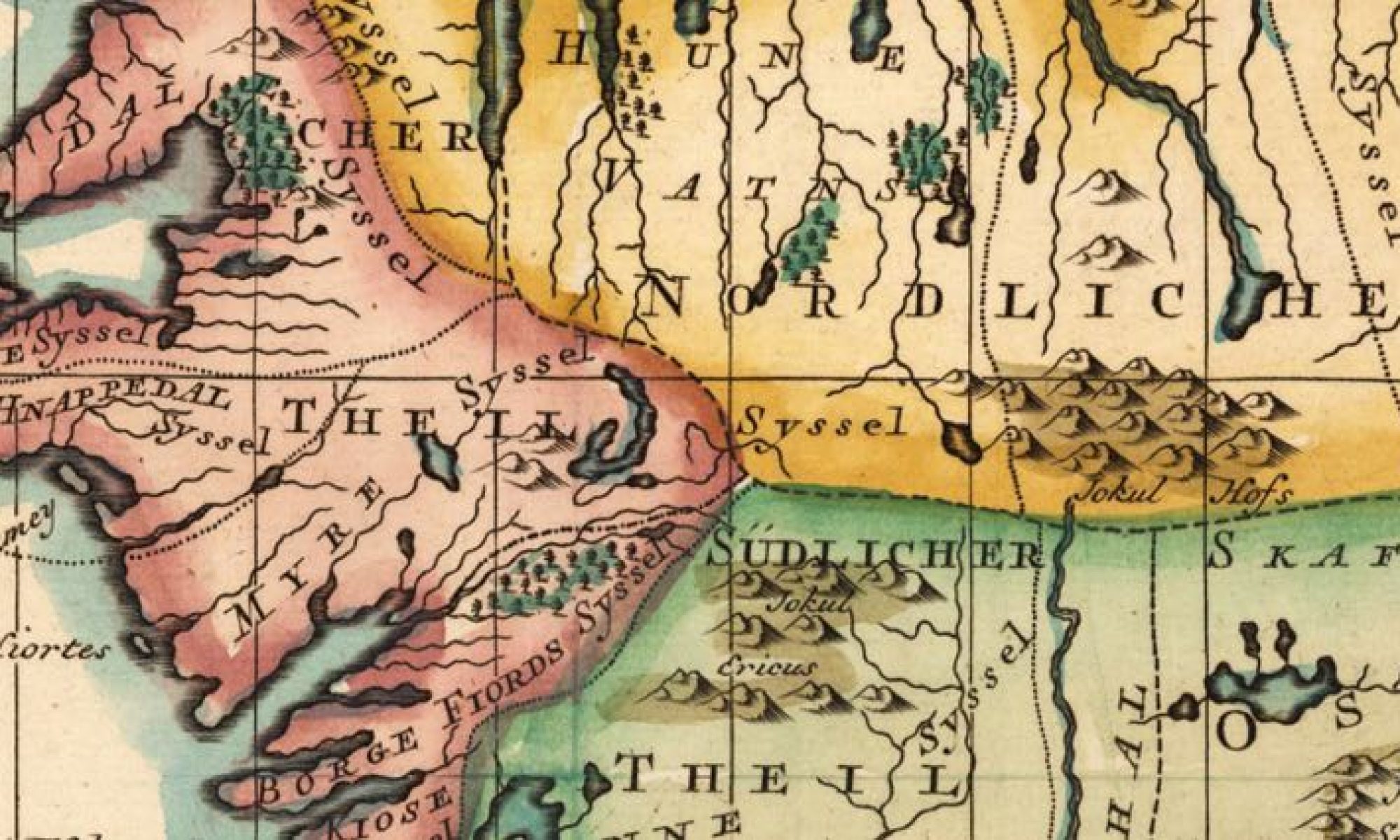A warehouse of stone and metal houses a collection of historical value oft overlooked. Filing cabinets extend along the length of the one-room library in fourteen rows, not counting those running along the outer walls. Each cabinet stands approximately five feet tall and has forty thin drawers, each filled meticulously with labeled, compartmentalized samples of rock from all over the world. I walk the rows, stopping in front of one of the cabinets to open the top drawer. I reach in and pull out a rock labeled with tape, “Lilta-Sandfell, Iceland – Basalt.”
***
It was a short nine centuries ago that I left my home, that place which we all call home, in the thick, torrid porridge found far beneath where we am now, far beneath the clouds, far beneath the treetops and the ground and even the bedrock below. We started to grow, cozy in the magma chamber. As time passed, we fractionated. Magnesium dragged down to the bottom of our molten body by solid olivine, changing the chemical makeup for those of us still liquid.
***
Turning the rock over in my hands, I immediately notice its black color, which suggests it’s a mafic rock. This chunk in particular is chock full of magnesium and iron. The grain size is very small and filled with vesicles, meaning it cooled quickly. One side of the rock has a peculiar texture: a glassy rind. Glassy rinds form from exposure to water, so this rock must have cooled in water or ice. Since it’s from Iceland, ice is more likely.
***
I played witness to my own creation under two-thousand feet of ice, when the molten slurry of Earth’s interior broke through bedrock, reacting violently with the temperature of its new environment. For decades, it had pushed painstakingly upward, forcing against gravity, flowing through a plumbing system of nature’s design. It became sluggish. Its surface formed a glassy rind. But it kept going, driven by the determined magma below.
The further it ventured, the cooler it became, and we were soon forging a plumbing system of our own, through ice and air, solidifying all the while. Cool liquid fizzed on our surface. Pores broke out under our glassy rind. We were lighter, and all around was glacial blue. Now more solidified than we had ever been, we began to gain familiar shape at expense of what little viscosity we had. Cast aside by the still-flowing magma on its tireless journey forth, we found little comfort in a new home ever-changing. We were constantly pushed further and further from our access point by newly solidified pillow basalts. We grew in size, piling on top of each other.
***
The overall shape and texture was pillow-like, the marker of a pillow basalt. When a subglacial eruption occurs, the magma on top is cooled instantly, but the magma below continues to push upward, swelling the top layer until it bursts, the new magma cools, and the process continues. Judging by the lack of olivine, this rock was from the top of the flow. Since olivine tends to sink into the lower levels of the magma, this rock must have been one of the first layers to reach the surface of the glacier. Yellow and tan splotches reveal palagonite on the surface, which was most likely caused by erosion from glacial meltwater.
***
Above, some still-molten material was finally meeting atmosphere, flowing laterally at gravity’s command, released from the confinement which was all it had ever known. Flattening around the epicenter of the eruption with no particular regularity, an earthen structure was crafted where only ice had once lived.
As the centuries wore on, the atmosphere gradually warmed, and the glacier gradually melted away. We were exposed. The glacier’s meltwater had stained much of me yellow. Fierce winds scratched and scraped me, but I held firm. That is, until the quarriers came. With massive equipment they ripped us apart, and where was once a sturdy outcrop now sat a collection of loose cobbles. The miners continued to smash us, and finally, defenseless against the forces of humans, I broke from the rock that held me, tumbling down and cracking as I fell into the heap below.
***
I turn the rock over slowly in my hand, sliding its gritty pores across my palm. Gingerly, I place the rock back in its designated bag and press my fingers on the seal until I hear it click. The drawer’s thud ricochets around the vast warehouse, the echoes settling after a few seconds. I peer down the long row of cabinets, unsure of what rock to pick next. I hustle through the cabinets, running my fingers along their cold, metallic sides. My hand finds no handle in particular, and my thumb depresses the locking mechanism. I reach in and pull out another rock.
